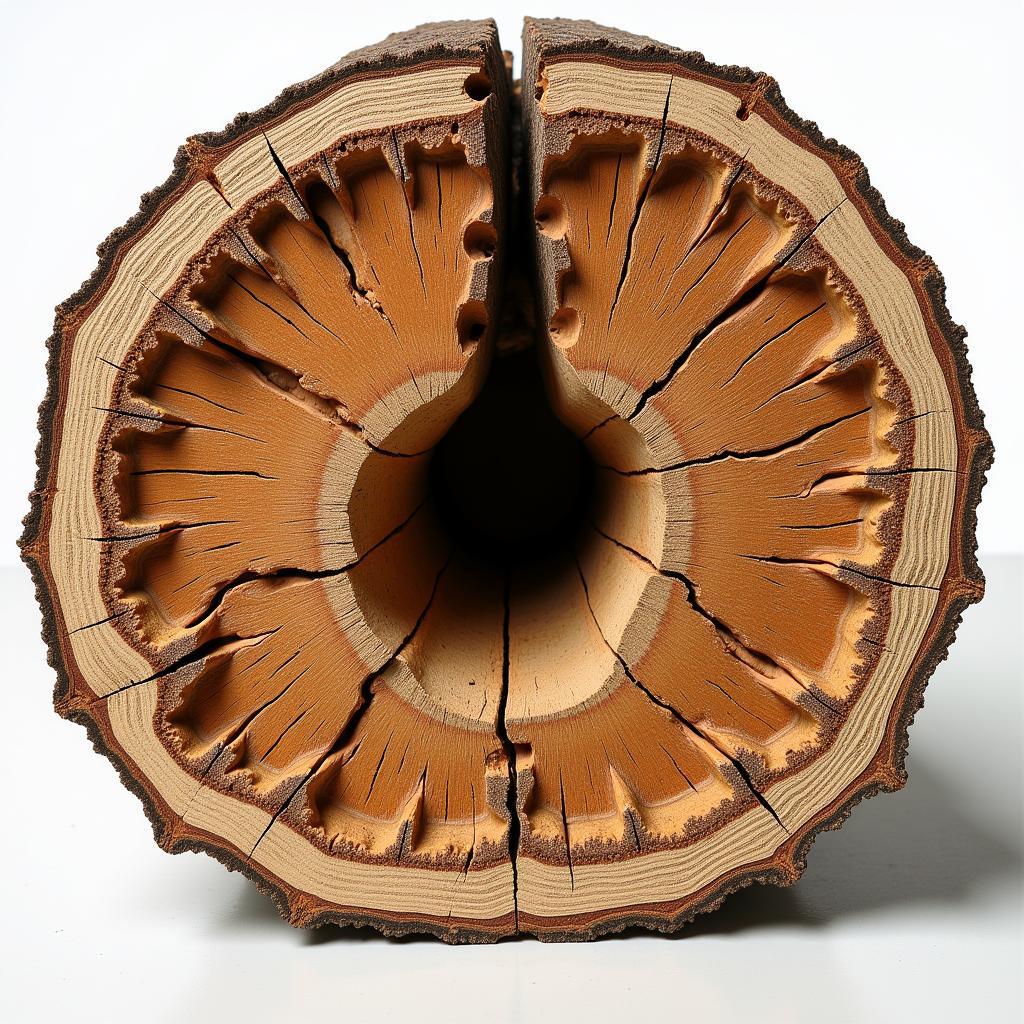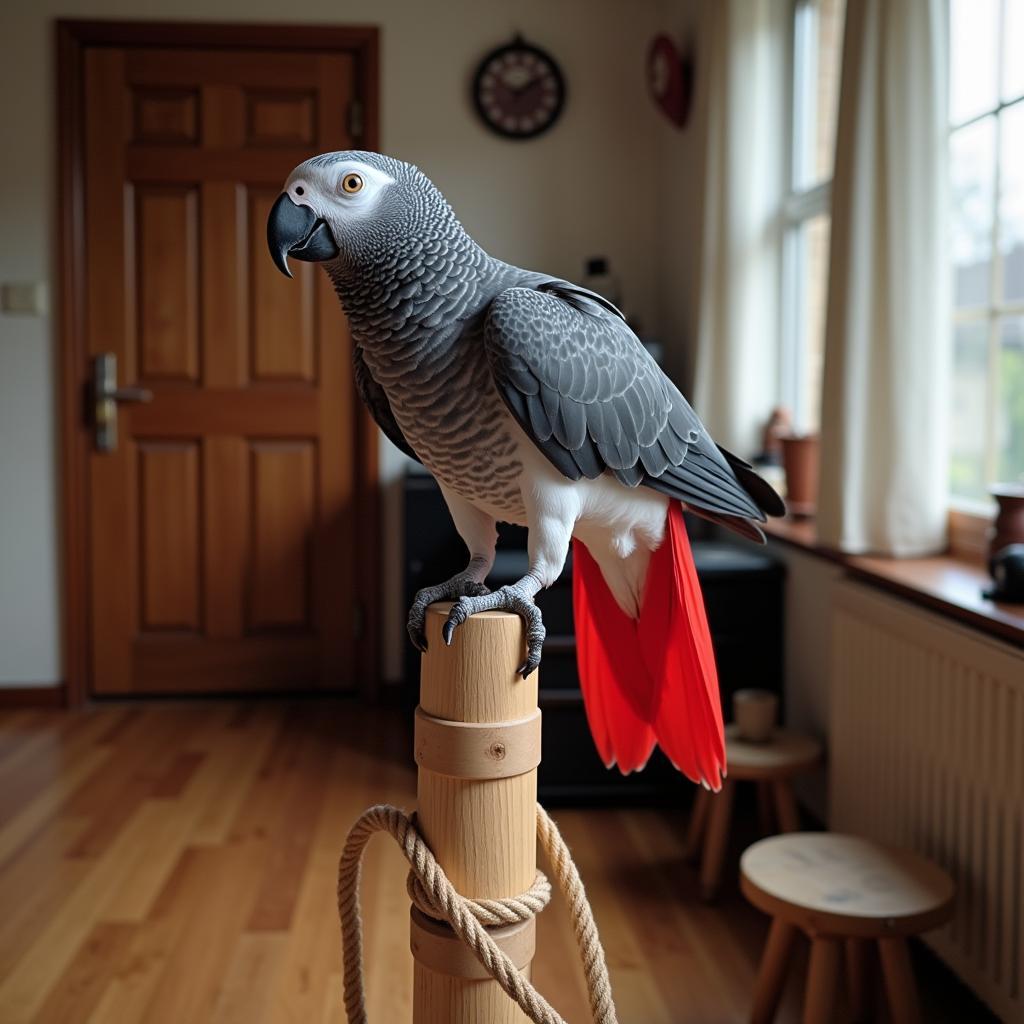African Baobab Trees Dying: A Silent Giant’s Farewell?
The African baobab, that iconic symbol of the savanna, standing sentinel for millennia, is facing a crisis. Across the continent, these magnificent trees, some older than the Colosseum, are dying, and scientists are scrambling to understand why. This alarming trend, with numerous ancient baobabs either collapsing entirely or experiencing rapid deterioration of their oldest and largest stems, is a cause for concern not only for conservationists but for all who revere these botanical wonders.
Unraveling the Mystery of the Dying Baobabs
While the exact cause of the baobab deaths remains unknown, several factors are suspected to be contributing to their demise. Climate change is a prime suspect, with rising temperatures and increasingly erratic rainfall patterns putting stress on these ancient giants. Baobabs are adapted to arid environments, but the current rate of climate change may be exceeding their ability to cope.
Another potential culprit is the increased frequency and intensity of droughts in many parts of Africa. Baobabs are known for their resilience, capable of withstanding long periods of drought by storing vast amounts of water in their massive trunks. However, the recent droughts have been exceptionally severe, pushing even these hardy trees to their limits.
 Cross-section of a baobab tree trunk showing water storage.
Cross-section of a baobab tree trunk showing water storage.
Other factors that may be contributing to the decline of baobab trees include deforestation, habitat loss, and diseases. As human populations grow and expand into previously untouched areas, baobab habitats are being cleared for agriculture, settlements, and infrastructure development. This not only removes mature trees but also disrupts the delicate ecological balance that baobabs rely on.
The Significance of the Baobab: More Than Just a Tree
The potential loss of these majestic trees is a tragedy not only for the environment but also for the cultural heritage of many African communities. For centuries, baobabs have held immense cultural and spiritual significance for numerous indigenous groups across Africa. They are often seen as sacred symbols of life, resilience, and community.
Beyond their cultural value, baobabs play a vital role in the ecosystems they inhabit. They provide food and shelter for a wide array of animals, from birds and bats to insects and reptiles. Their leaves and fruit are also an important source of nutrition for people, particularly during times of food scarcity.
The loss of baobab trees could have significant consequences for both wildlife and human populations, disrupting delicate ecological balances and impacting livelihoods.
Protecting the Giants: What Can Be Done?
While the situation may seem dire, there is still hope for the African baobab. Scientists are working tirelessly to understand the complex factors contributing to their decline and to develop strategies for their conservation.
Conservation efforts include researching the genetic diversity of baobabs, identifying drought-resistant individuals, and establishing tree nurseries to propagate and replant saplings. Community-based conservation programs are also crucial, empowering local communities to protect and manage their own baobab populations.
The plight of the African baobab is a stark reminder of the interconnectedness of all living things and the far-reaching impacts of climate change. By understanding the threats facing these ancient giants and supporting conservation efforts, we can help ensure that these majestic trees continue to grace the African landscape for generations to come.
FAQs about Dying African Baobab Trees
1. How long do African baobab trees live?
African baobab trees are renowned for their longevity, with some individuals estimated to be over 2,000 years old. To understand the potential lifespan of these giants, check out more information about the African baobab tree age.
2. Are all baobab tree species in danger?
While the recent die-off of ancient baobabs is alarming, it’s important to note that not all baobab species are currently endangered. However, many species are facing threats from habitat loss, climate change, and other human-induced pressures.
3. What is being done to protect baobab trees?
Conservation efforts are underway to protect baobab trees, including research, reforestation programs, and community-based conservation initiatives. Learn more about the remarkable resilience and adaptations of various African plants.
4. How can I help protect baobab trees?
You can support organizations working to conserve baobab trees, raise awareness about their plight, and reduce your own carbon footprint to combat climate change. Dive into the fascinating world of African Journal of Plant Science – Predatory to explore the intricacies of plant life on the continent.
5. Are there any successful baobab tree conservation stories?
Yes, there have been successful efforts to conserve baobab trees, such as community-led initiatives to protect sacred groves and reforestation projects that are helping to restore degraded habitats.
Exploring Further
This is just the beginning of the journey into the world of African baobabs. As we delve deeper into the mysteries surrounding their decline and the ongoing conservation efforts, we encourage you to seek out more information and join the movement to protect these magnificent trees.
For any inquiries or assistance, please don’t hesitate to contact us.
Contact Information:
Phone Number: +255768904061
Email: kaka.mag@gmail.com
Address: Mbarali DC Mawindi, Kangaga, Tanzania
Our dedicated customer support team is available 24/7 to assist you.



